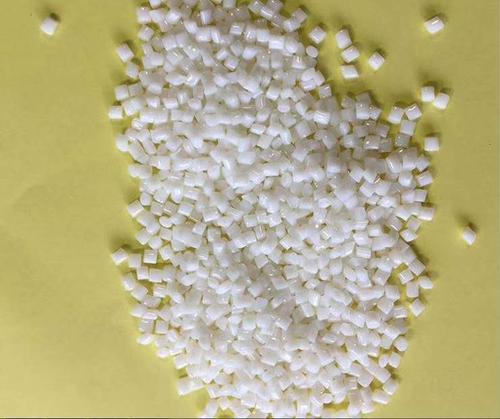Properties of thermoplastic modified plastics
The molecular weight of polymers in general thermoplastic modification can reach hundreds of thousands to millions, and the length of macromolecular chain can reach 10 ^-3mm. These macromolecules can be linear, such as LLDPE, HDPE; It can also be branched, such as LDPE. Macromolecules are bound together and placed in a disordered or relatively orderly manner, forming an "aggregated structure".
When macromolecules are completely disordered, we call them amorphous thermoplastics. Such as PVC, PC, PMMA, etc. Its functional characteristics are: good transparency, low mechanical strength and good flexibility.
Some macromolecules or macromolecules with uniform placement structure are called crystalline thermoplastic modified plastics. For example, LLDPE, POM, nylon, etc. are characterized by poor transparency, high mechanical strength and low flexibility.
Because the polymer molecular chain is very long, it can not achieve complete crystallization by entering the "crystallization zone" like low molecular substances. Therefore, "crystallinity" is often used to describe the degree of crystallization (or the size of crystallization region) of crystalline thermoplastics.

The characteristic temperature of amorphous thermoplastics is the glass transition temperature (TG). When it is lower than TG, the polymer has the characteristic function of "glass", which is professionally called "glass state". At this moment, the polymer has the function of application, but cannot be "plastic"; When it is higher than TG, the polymer has the characteristics of high elasticity and certain plasticity, and loses its application function together, which is professionally called "high elastic state". After further heating up, its elasticity loses and it is completely plastic. Therefore, the maximum operating temperature should be below Tg, while the lower processing temperature should be above Tg.
The characteristic temperature of crystalline thermoplastic modified plastics is the crystallization temperature (TC). When it is lower than TC, the polymer is hard in texture, has application function, and cannot be "plastic" processed; When it is higher than TC, the polymer is melted and plasticized, losing its application function, and plastic processing.
Compared with crystalline thermoplastics, amorphous thermoplastics have three physical states, while the latter has no "high elastic state", only two physical states. This is shown in the processing technology that the former often uses "gradual change screw", while the latter uses the typical feature of "sudden change screw".
For crystalline thermoplastic modified plastics, the region containing regular arrangement of molecular chains is usually called crystalline region. The crystallinity of many crystalline thermoplastics can be adjusted by controlling the cooling rate of the molding temperature. When the cooling rate is fast, the crystallization process is inhibited, and eventually products with better transparency, such as PET bottles, transparent PET sheets and transparent polypropylene sheets, can be obtained.
Article source: PBT engineering plastics http://www.wywantong.com/
-
04-13
PVC Engineering Plastics: how PVC plastic pipes are formed
The forming process of PVC plastic pipes should start from the raw materials of PVC plastic granules, which can be divided into soft PVC and hard PVC according to the added amount of stabilizer, plast
-
11-12
What is the filling property of Jiangmen engineering plastics
What is the filling property of Jiangmen engineering plasticsIn recent years, PC modified plastics have developed rapidly in China, and its industrial system is gradually established and improved. Th
-
10-08
Jiangmen Engineering Plastics: how to classify Jiangmen engineering plastics?
How to classify Jiangmen engineering plastics? 1. Classification by application characteristicsAccording to the different application characteristics of famous plastics, plastics are usually divided
-
08-30
Application scope of PBT engineering plastics
PBT engineering plastics are widely used in electronics, car industry, office machinery and other fields. In Japan and the developed countries in Europe, PBT engineering plastics are mainly used in t